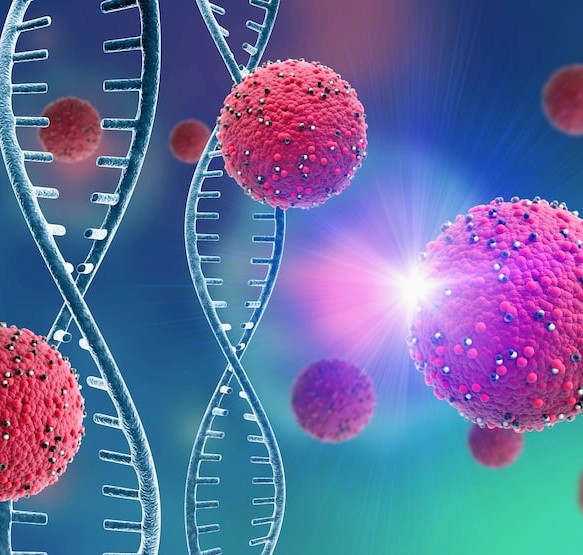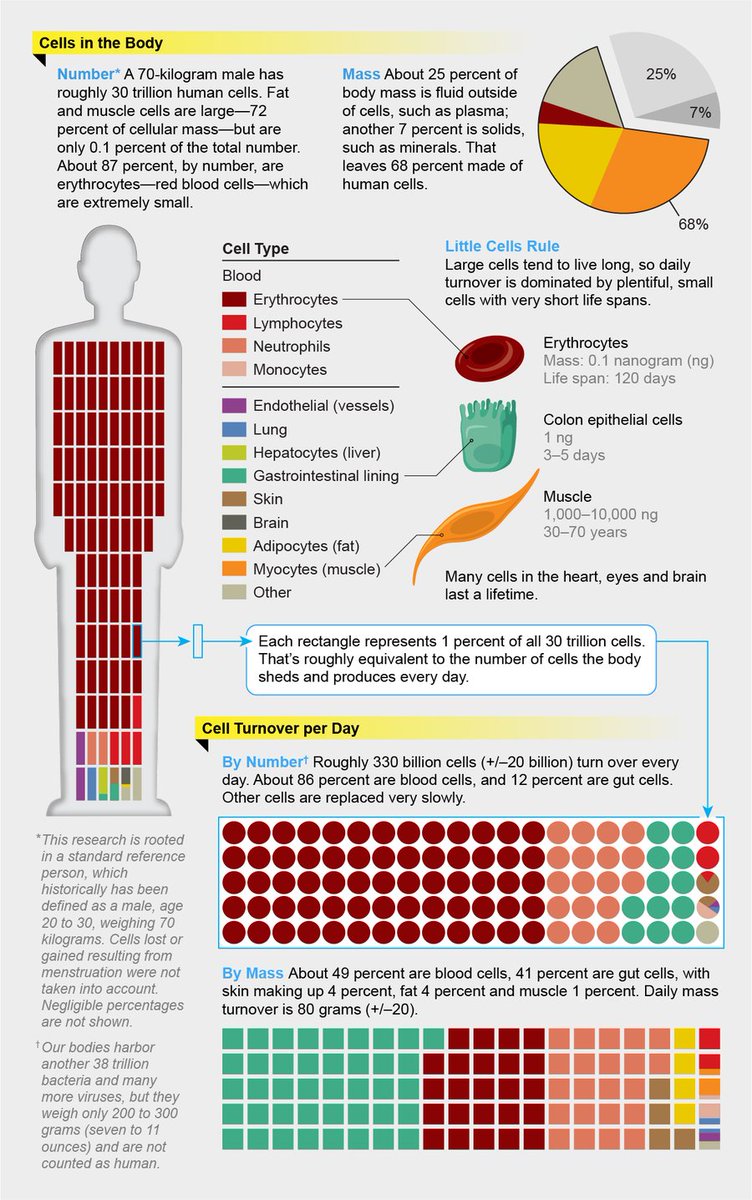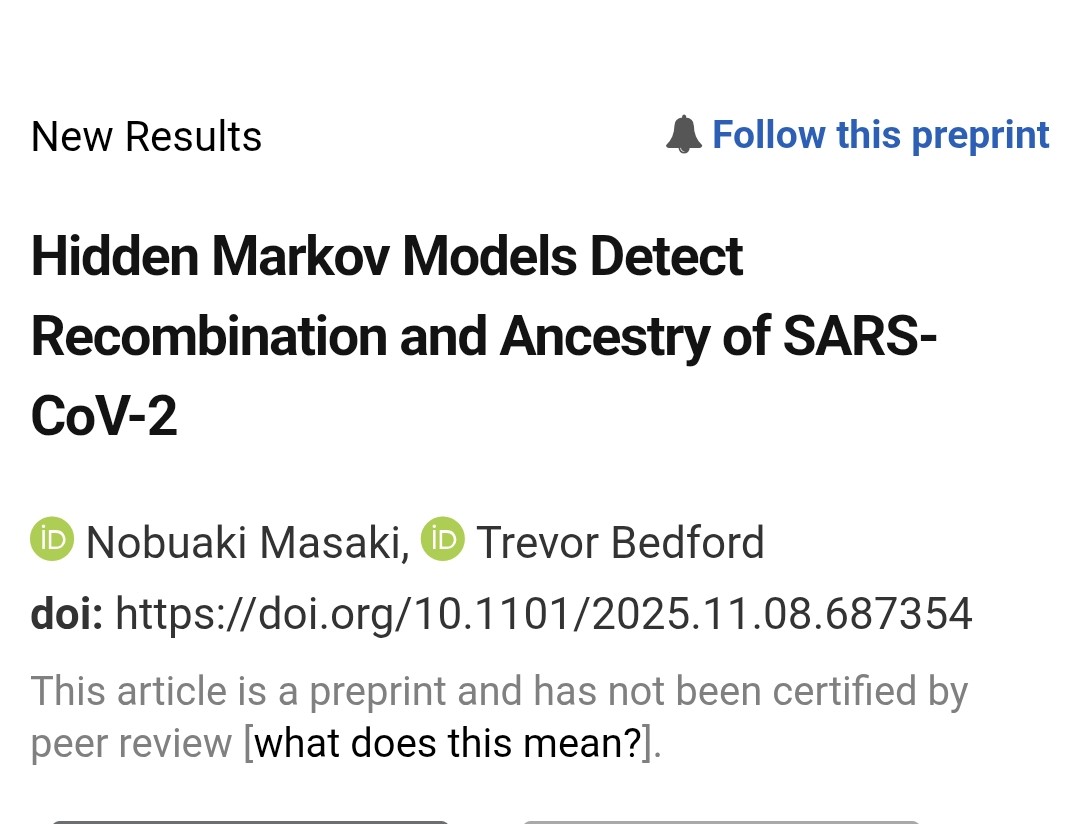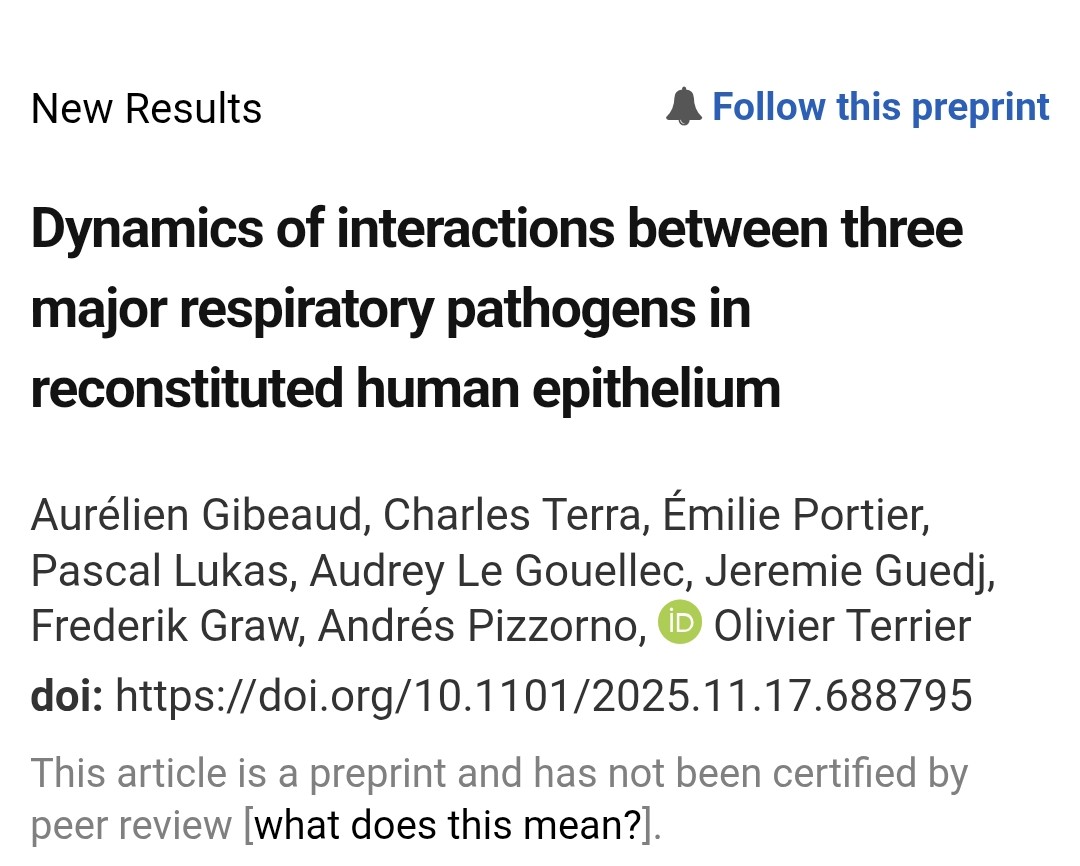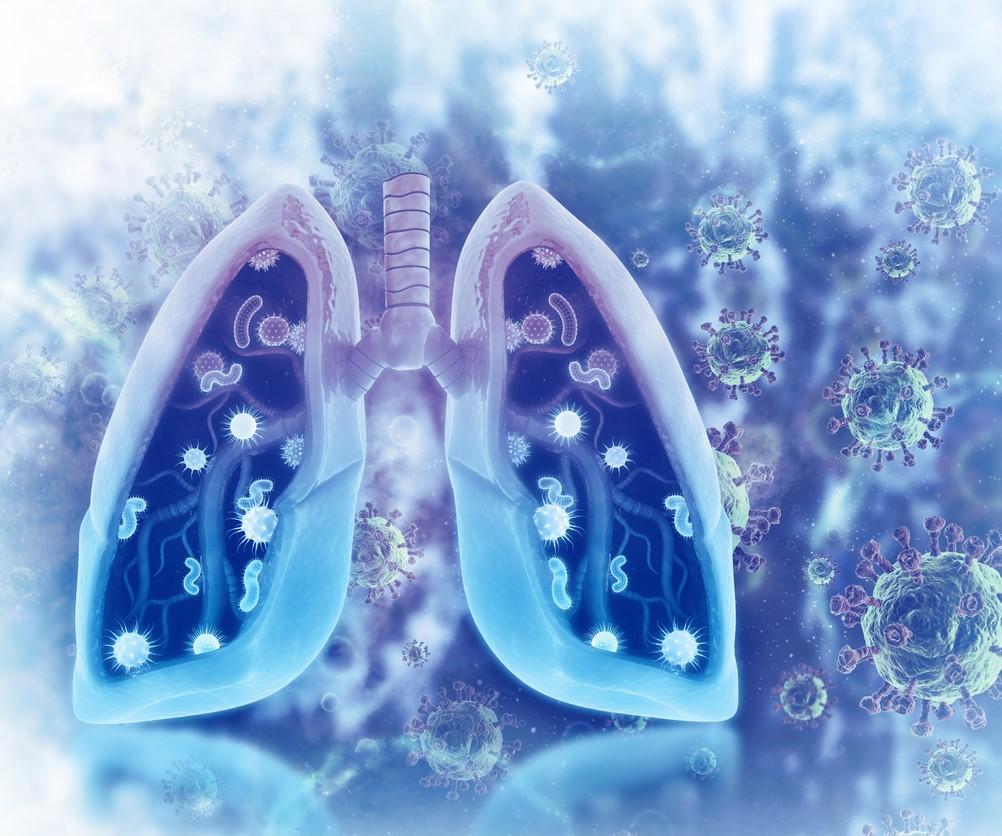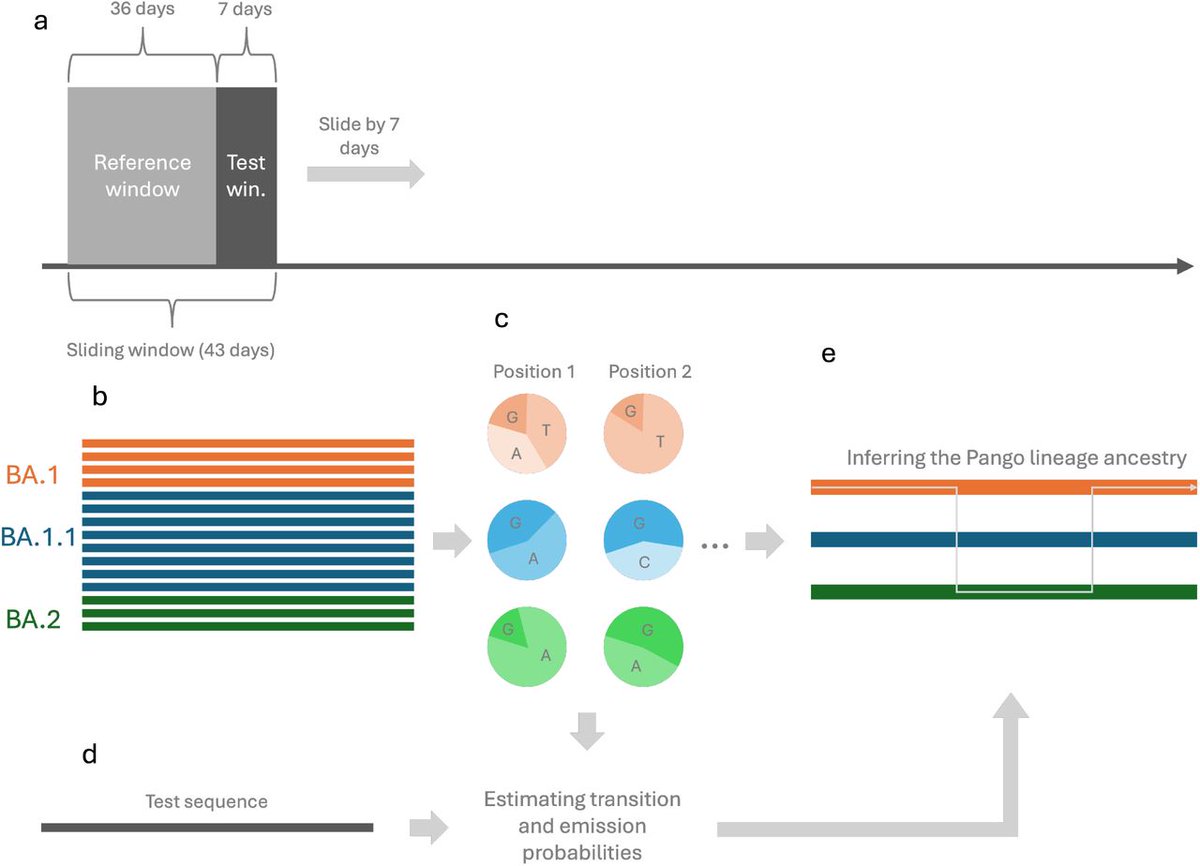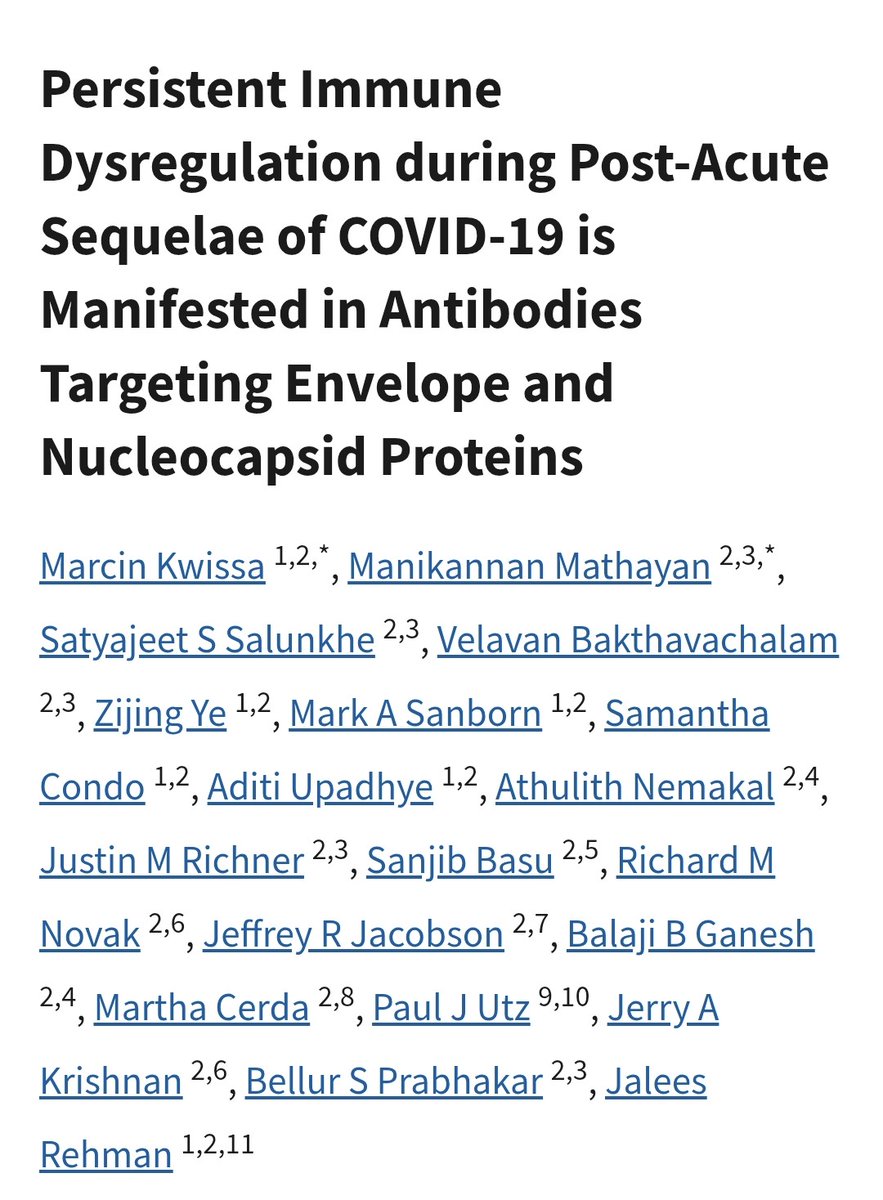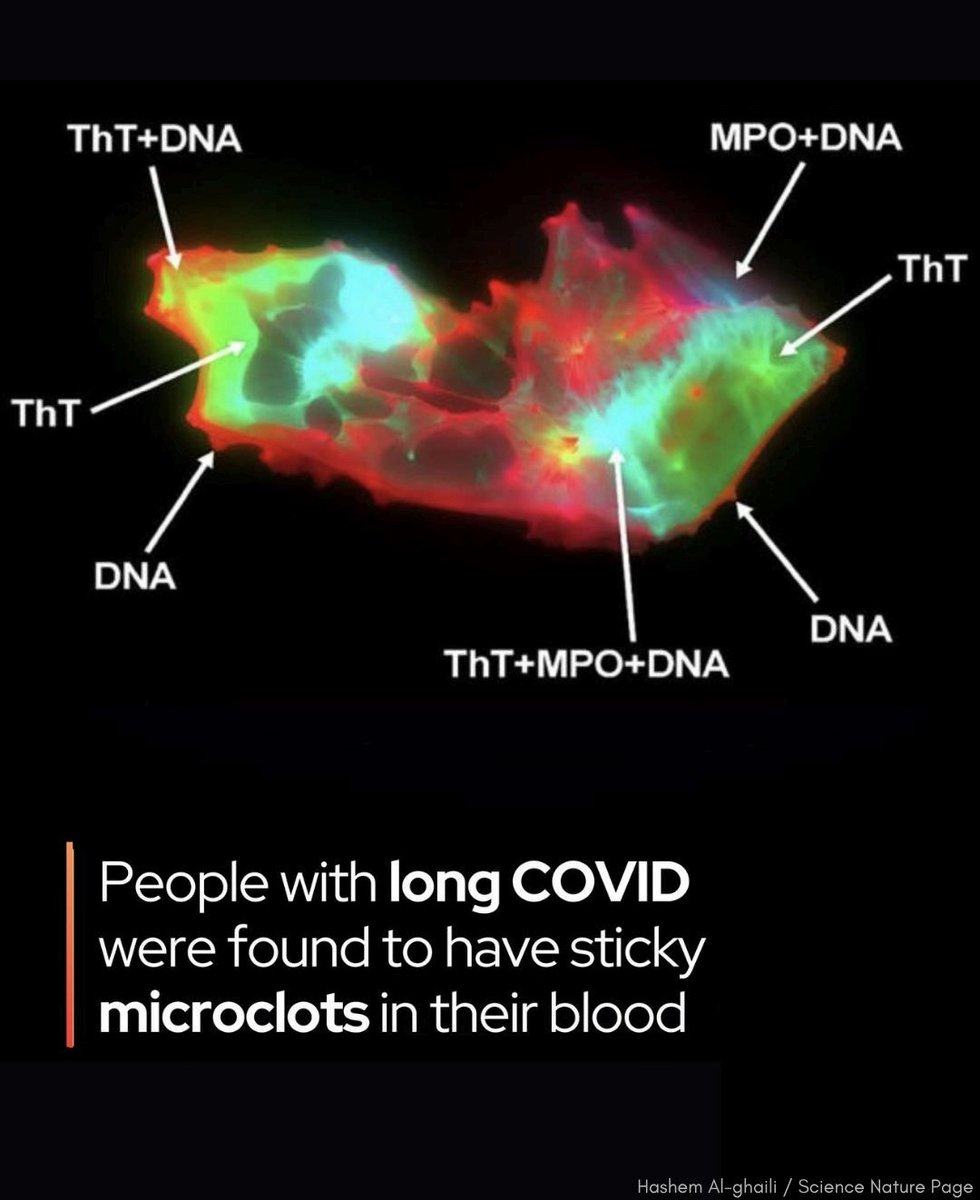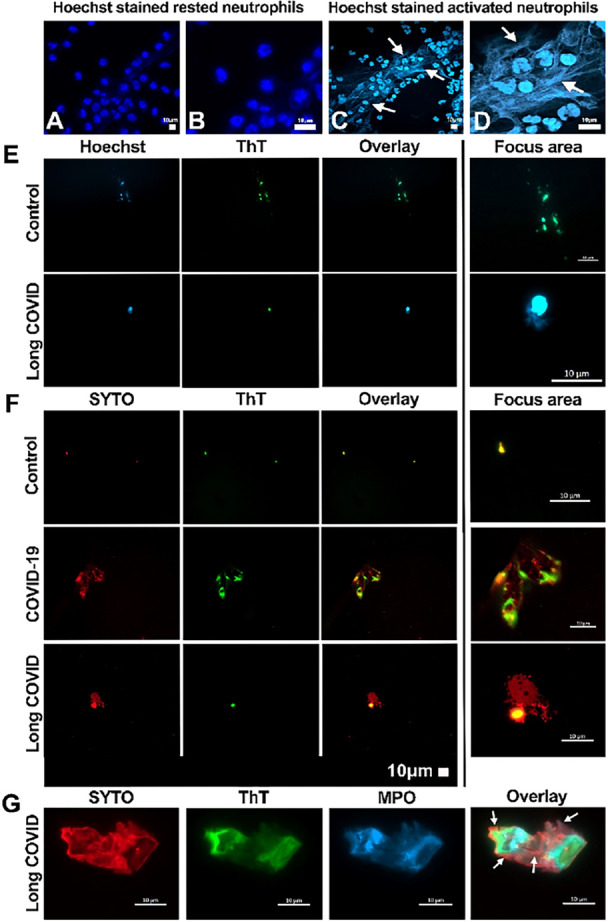𝗦𝗔𝗥𝗦-𝗖𝗢𝗩-2, 𝗩𝗜𝗥𝗔𝗟 𝗣𝗘𝗥𝗦𝗜𝗦𝗧𝗘𝗡𝗖𝗘
𝙏𝙞𝙢𝙚 𝙙𝙤𝙚𝙨𝙣'𝙩 𝙥𝙖𝙨𝙨, 𝙞𝙩 𝙨𝙚𝙩𝙩𝙡𝙚𝙨 ! (𝘮𝘦𝘨𝘢-𝘵𝘩𝘳𝘦𝘢𝘥)
Time and the SARS-CoV-2 virus do share some similarities in terms of how they affect our lives. Time, as a concept, cannot be eliminated ...
𝙏𝙞𝙢𝙚 𝙙𝙤𝙚𝙨𝙣'𝙩 𝙥𝙖𝙨𝙨, 𝙞𝙩 𝙨𝙚𝙩𝙩𝙡𝙚𝙨 ! (𝘮𝘦𝘨𝘢-𝘵𝘩𝘳𝘦𝘢𝘥)
Time and the SARS-CoV-2 virus do share some similarities in terms of how they affect our lives. Time, as a concept, cannot be eliminated ...

2) ...or stopped, it continues to pass and settle in our memories. Similarly, the SARS-CoV-2 virus cannot be eliminated from our bodies once we are infected, it can settle in our organs and cause long-lasting effects.
3) In this first study researchers showed that the virus can persist in the body more than a year after Infection.
thelancet.com/journals/lanin…

thelancet.com/journals/lanin…
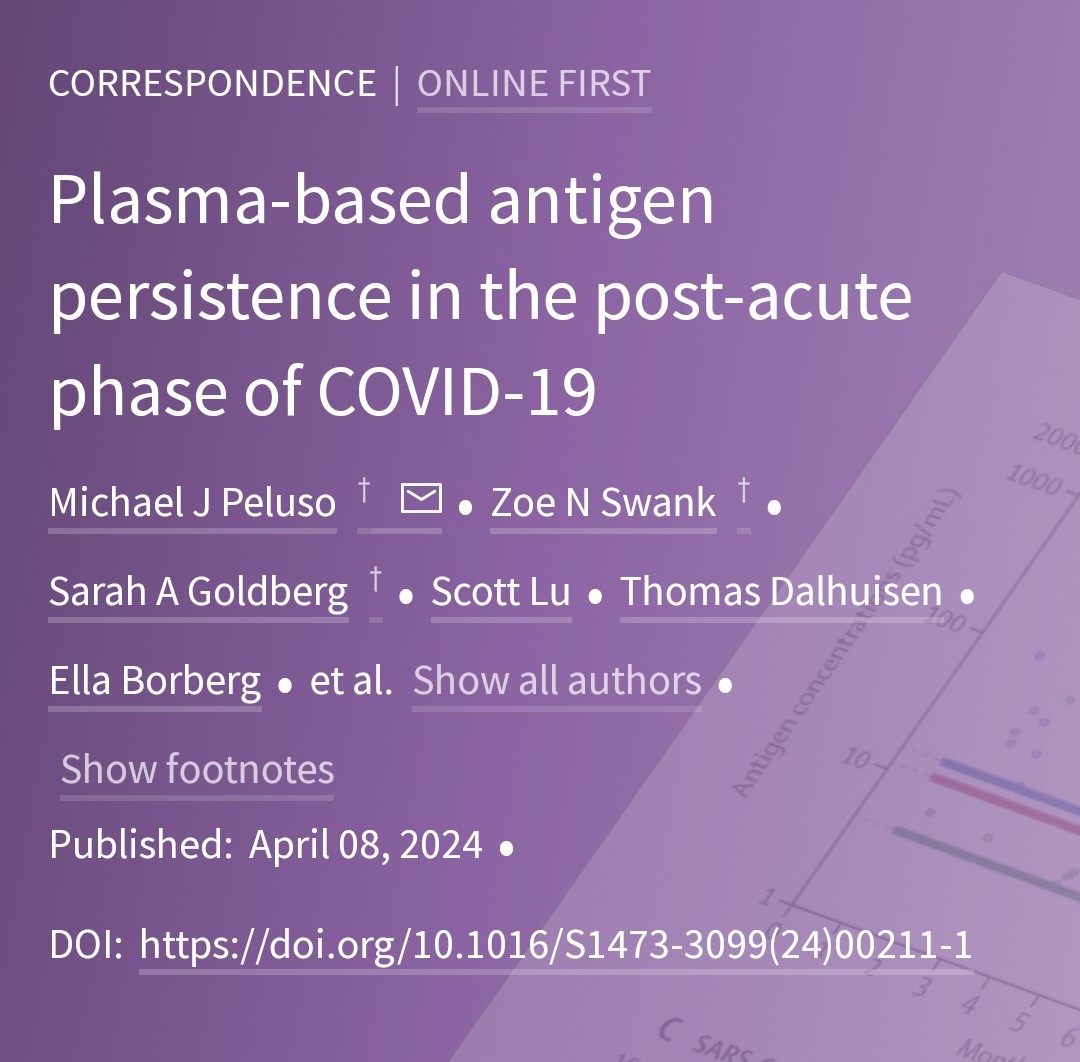
4) In another study they showed that the Spike protein is still there more than 1 year after infection
academic.oup.com/cid/article/76…

academic.oup.com/cid/article/76…

5) Another way to detect the SARS-CoV-2 persistence or the latent virus reactivation, is for example, through processes which involve myeloid inflammation
nature.com/articles/s4159…

nature.com/articles/s4159…

6) This viral persistence can be found in many organs, tissues, cells as brain, blood, penile tissues or faeces many months after the acute phase.
nature.com/articles/s4157…

nature.com/articles/s4157…

7) Clearly the virus has taken hold in the human body.
Thanks for reading 🙏
Thanks for reading 🙏
https://twitter.com/ejustin46/status/1701467434014642520?t=uTOvpAXfUQEXyhFM6f0ZJA&s=19
• • •
Missing some Tweet in this thread? You can try to
force a refresh


